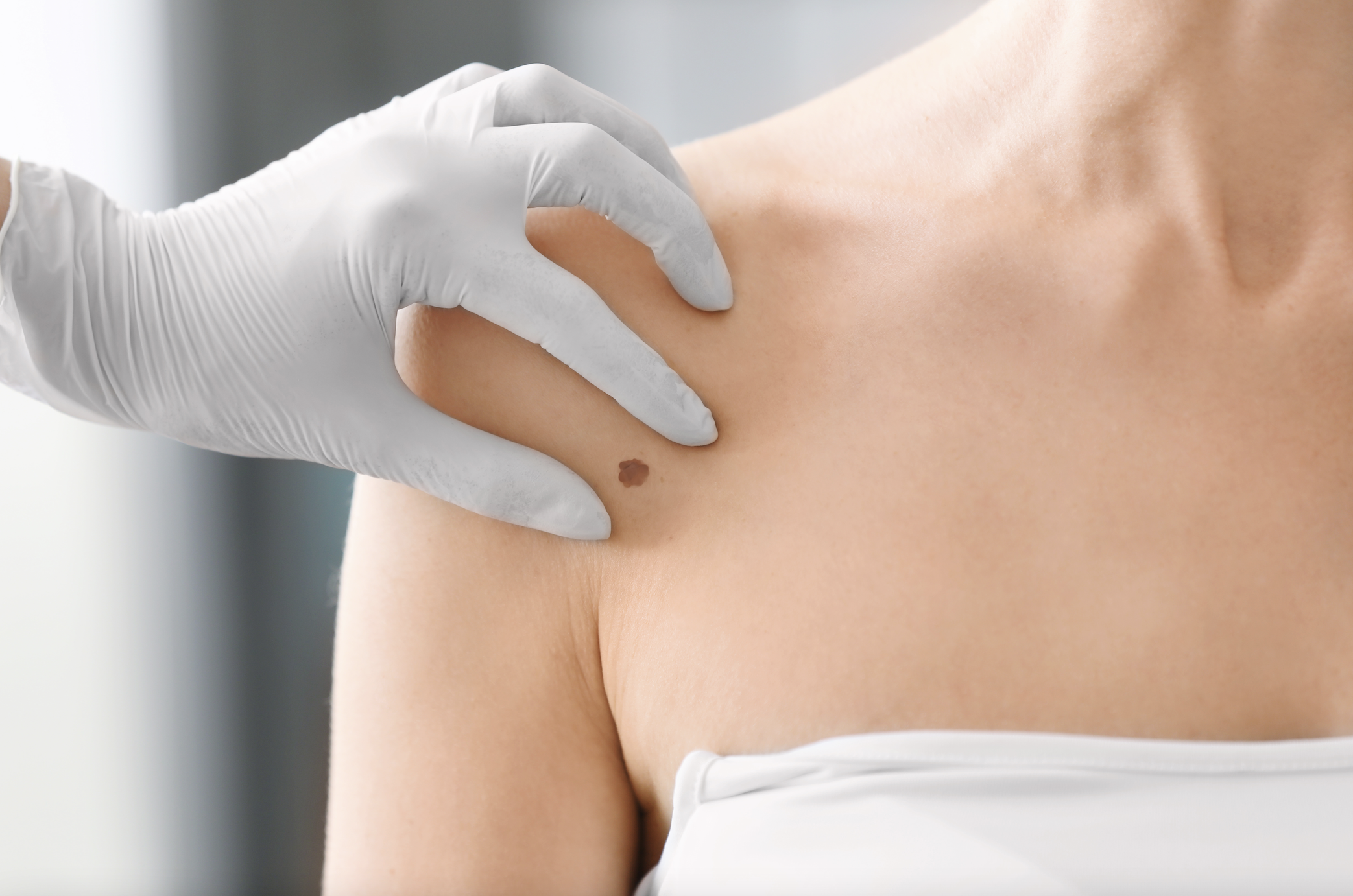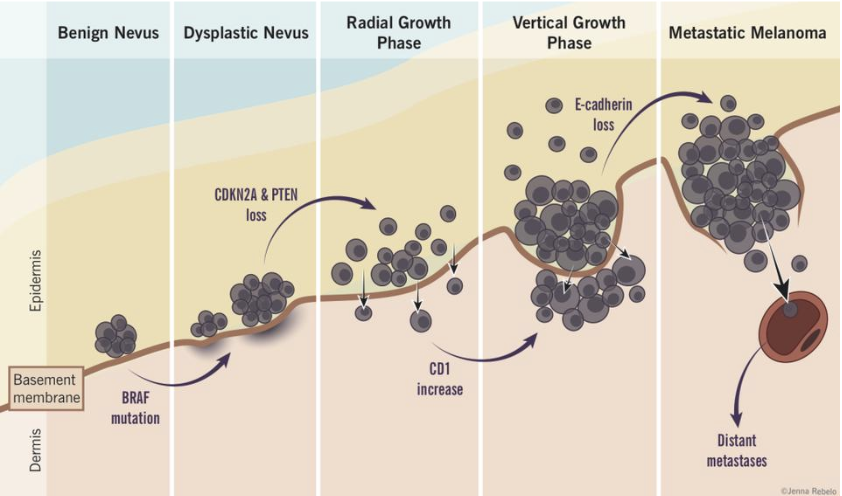
Heading into warmer weather everyone is excited to bask in the sun and get that summer glow! Yet without proper protection the UV rays can cause some serious damage. According to The World Health Organization there are approximately 65,161 deaths per year related to excessive sun exposure (Raimondi., 2020). The etiology of skin cancer or commonly referred to as melanoma can develop in various ways, however some individuals may be more susceptible to the development of melanoma when compared to others.
Etiology
UV Radiation
You guessed it, excessive exposure to the sun can cause melanoma. The Melanin produced from cells of the skin (melanocytes) absorbs the UV light which leads to DNA mutations. At least 86% of melanoma cases are attributed to UV exposure (Liu & Sheikh., 2014).
Family History
Those with a family history of melanoma are considered to comprise -12% of cases and often have a higher sensitivity to UV-B light (Liu & Sheikh., 2014).
Personal Characteristics
Those with fair skin, blue eyes, blonde or red hair are particularly susceptible to melanoma. Red hair demonstrates the highest risk factor (Liu & Sheikh., 2014).
Genetic Syndrome
The gene that has been linked to increased risk of breast cancer, BRCA2, also demonstrates to increase the risk of melanoma (Liu & Sheikh., 2014).
Pathogenesis
40-60% of BRAF genes in melanoma cases are mutated. This results in cell growth and proliferation. Uncontrollable growth will contribute to tumour progression (Liu & Sheikh., 2014).

How can you protect yourself?
Mortality due to malignant melanoma can be largely reduced through education, screening, early detection & sun protection (Ghazawi et al., 2019)
The 6 Best Ways to Stay Sun Safe Recommended by the Canadian Cancer Society
- Check the UV Index every day
- Seek Shade
- Cover up with clothing, specifically UPF clothing
- Wear a hat
- Wear Sunglasses
- Use Sunscreen – SPF of 30 or higher
ABCDE’s
Asymmetry: When the colour/shape of one half of the mole is different compared to the other side.
Border: Seems irregular, blurred, or jagged.
Colour: The mole has different shades or colours within it.
Diameter: The mole is larger than 6mm.
Evolution: The mole has changed or evolved over time.


References
Ghazawi, F. M., Le, M., Lagacé, F., Cyr, J., Alghazawi, N., Zubarev, A., Roy, S. F., Rahme, E., Netchiporouk, E., Roshdy, O., Glassman, S. J., Sasseville, D., & Litvinov, I. V. (2019). Incidence, Mortality, and Spatiotemporal Distribution of Cutaneous Malignant Melanoma Cases Across Canada . Journal of Cutaneous Medicine and Surgery, 23(4), 394–412. https://doi.org/10.1177/1203475419852048
Lee, S. (n.d.). Enjoy the sun safely. Canadian Cancer Society. Retrieved April 30, 2022, from https://cancer.ca/en/cancer-information/reduce-your-risk/be-sun-safe/enjoy-the-sun-safely
Liu, Y., & Sheikh, M. S. (2014). Melanoma: Molecular Pathogenesis and Therapeutic Management. Molecular and cellular pharmacology, 6(3), 228.
Raimondi, S. (2020). Melanoma Epidemiology and Sun Exposure. Acta Dermato-Venereologica, 100(11), adv00136–adv00136. https://doi.org/10.2340/00015555-3491
Photos
https://www.grepmed.com/images/3509/pathophysiology-progression-melanoma-oncology-model-clark
https://www.melanomanetwork.ca/general/5-things-didnt-know-melanoma/

